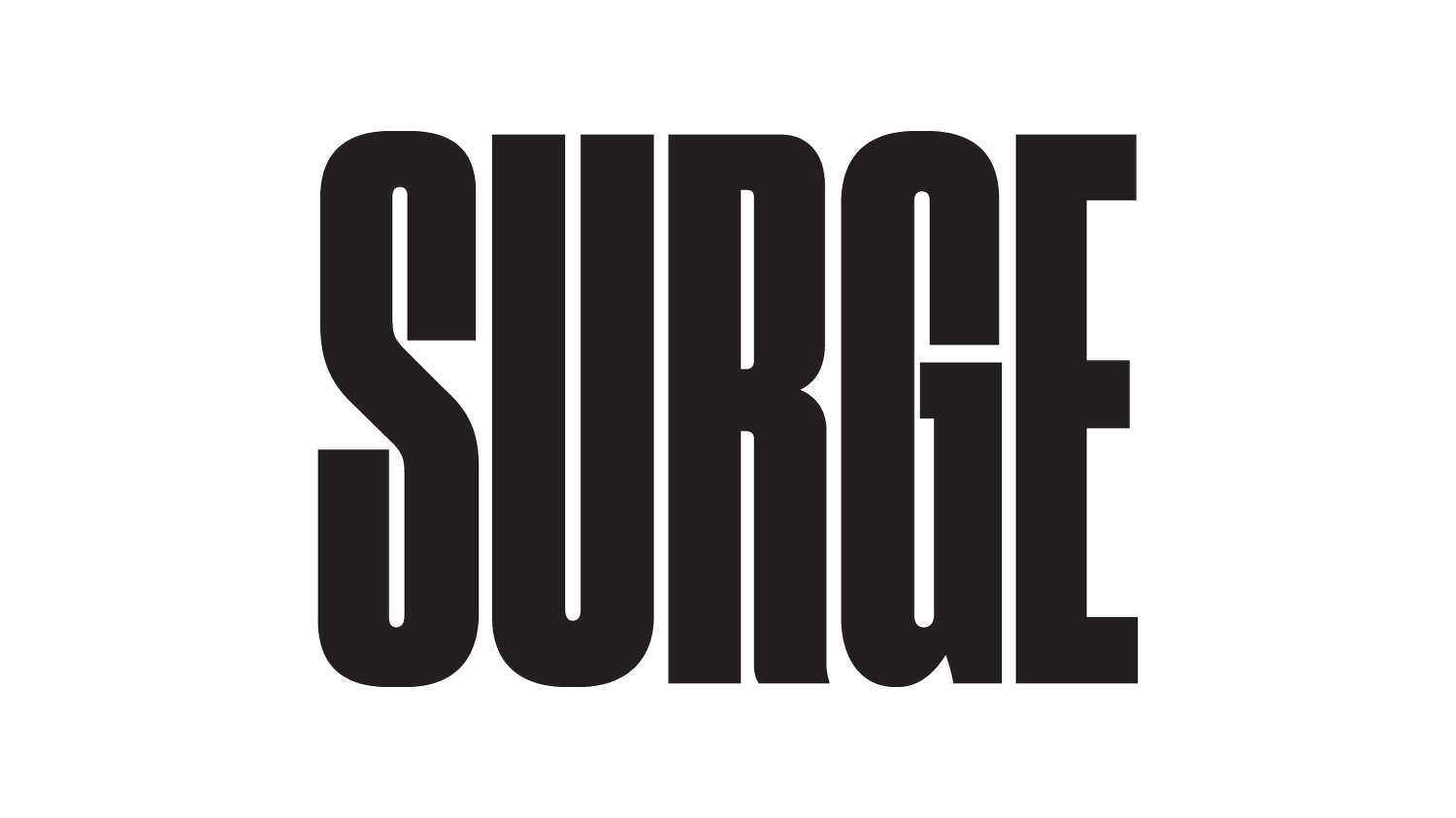Why did Animal Rebellion pour out milk at Harrods?
Last week, activists from Animal Rebellion staged protests in several high-end supermarkets in London ahead of a planned large-scale disruption of the dairy industry in September. At Harrods in west London, activists poured bottles of milk onto the floor before being removed by security. In Marks and Spencer and Waitrose on Oxford Street, they emptied the shelves of milk and occupied the Waitrose Cheese Room.
“We are taking this necessary action because we don’t feel we have any other choice,” said Kat Chan, 20, who was part of the Harrods action. The recent “heatwave and wildfires showed us a glimpse of our future if we fail to act now. Transitioning to a plant-based food system and rewilding is the key solution to the climate crisis. There is no need for the deaths of over a billion animals for food each year in this country. We have the opportunity to lead the way on a safer future built on love, justice, and freedom.”
The Stop the Supply of Dairy campaign, which kicks off in September, aims to disrupt the supply of dairy across the UK. The demands of the campaign are for the government 1) to support farmers and fishing communities to transition away from animal farming and fishing to help create a plant-based food system, and 2) to commit to rewilding the land and oceans spared by this transition “as part of a broader programme of wildlife restoration and carbon drawdown.”
There are 7,880 dairy farms in the UK producing 12.4 billion litres of milk from 1.6 million cows. Due to selective breeding, British dairy cows today produce about 23 litres of milk a day - double what they produced in the 1970s. Being bred to produce so much more milk has had a negative impact on the welfare of dairy cows, yet farmers don’t want to see production rates decrease. In fact, their main concern about how heatwaves, like that which the UK recently experienced, will affect dairy cows is that it will mean a drop in milk production of about 10-15 per cent, leading them to consider keeping cows indoors during the day.
Such a move would only further restrict the access that the nation’s dairy herd have to the outside. While many dairy cows graze on pasture for some of the summer, there has been a growing trend towards intensification and “zero-grazing systems”. This is to increase efficiency and enable cows to be fed more specific diets to boost milk production, which include soya from deforested parts of South America.
Dairy is a major source of serious incidents of environmental pollution from the UK’s livestock industry. Leaks and spills of slurry kill fish and pollute the land, but prosecutions for such breaches of environmental regulations are rare. Occasionally there are some repercussions, such as the £1.5 million fine recently handed to major cheese supplier Dairy Crest, which makes Cathedral Citty cheddar and Clover butter, for polluting the local area over a five-year period up to 2021, killing fish and creating strong odours.
Animal Rebellion has been criticised for its tactics and accused of wasting food at a time when people are struggling with the cost of living. But pouring out milk and withholding and wasting food in protest is actually something farmers themselves have done in the past - and on a much bigger scale than Animal Rebellion’s protests. Cumbrian farmers did it in 2005, along with holding onto meat and vegetable produce, to pressure retailers to pay them more for their products. European farmers did the same in 2009, dumping millions of litres onto fields, while Indian farmers poured milk onto the streets in 2017. In the Netherlands recently, the farmer protests against government plans to cut nitrogen pollution included farmers blocking distribution centres so that many shelves in supermarkets ended up empty.
Overproduction of milk and cheese has also led to the products being dumped. In 2016, farmers in the U.S. poured out 43 million litres of milk because they had produced too much after a previous shortage. But that wasn’t a one-off; U.S. dairy farms continue to overproduce and waste millions of litres of milk a year. Globally, 16 per cent of dairy products are wasted each year, with retailers, distributors and consumers responsible for about half of it - around 60 million tonnes.
Animal Rebellion is recruiting hundreds of activists to help achieve its goals and holding weekly online talks for those interested in finding out more.
Claire Hamlett is a freelance journalist, writer and regular contributor at Surge. Based in Oxford, UK, Claire tells stories that challenge systemic exploitation of and disregard for animals and the environment and that point to a better way of doing things.
Your support makes a huge difference to us. Supporting Surge with a monthly or one-off donation enables us to continue our work to end all animal oppression.
LATEST ARTICLES


